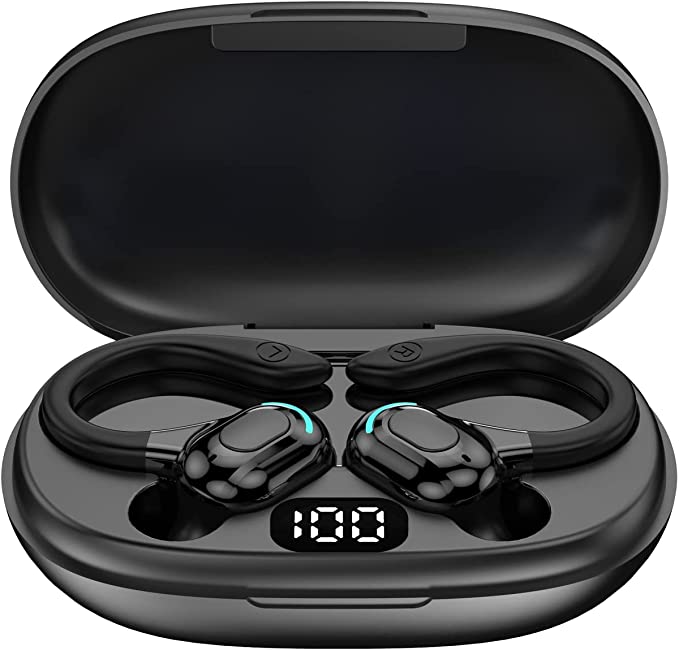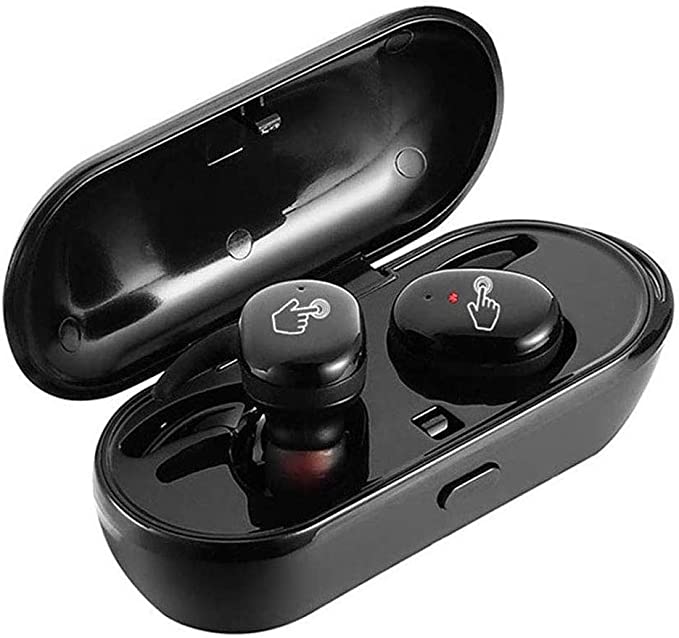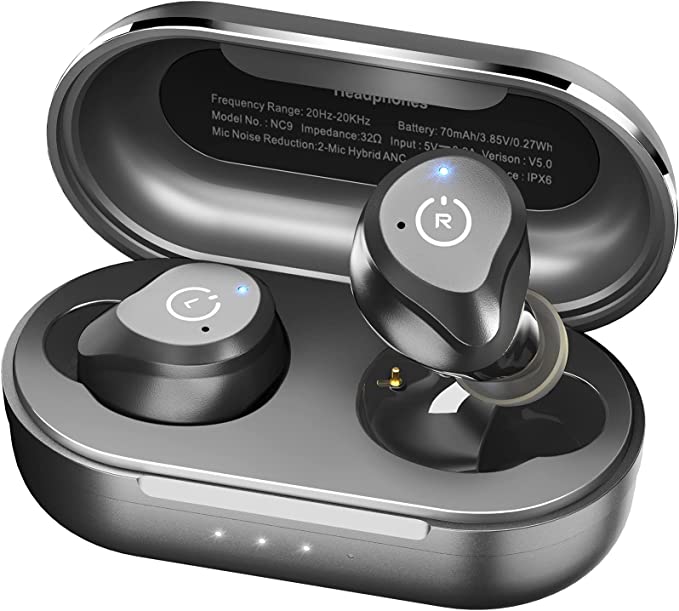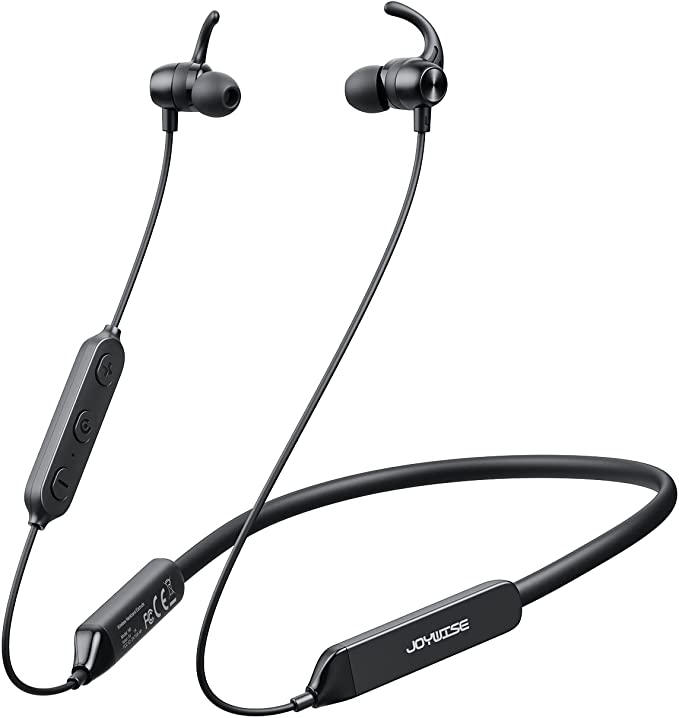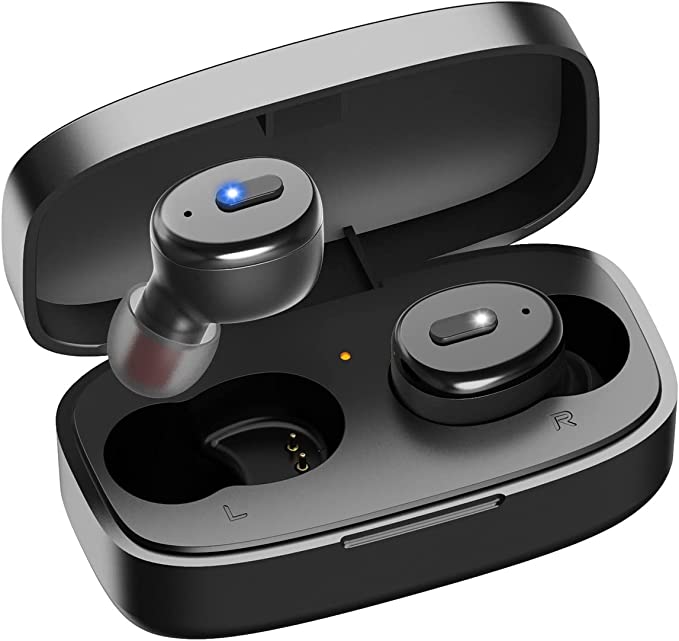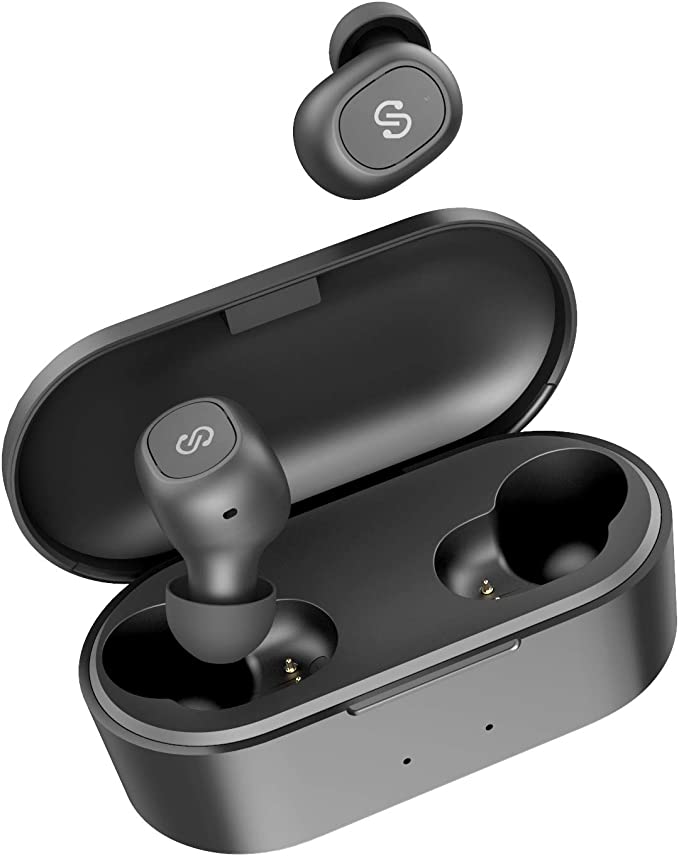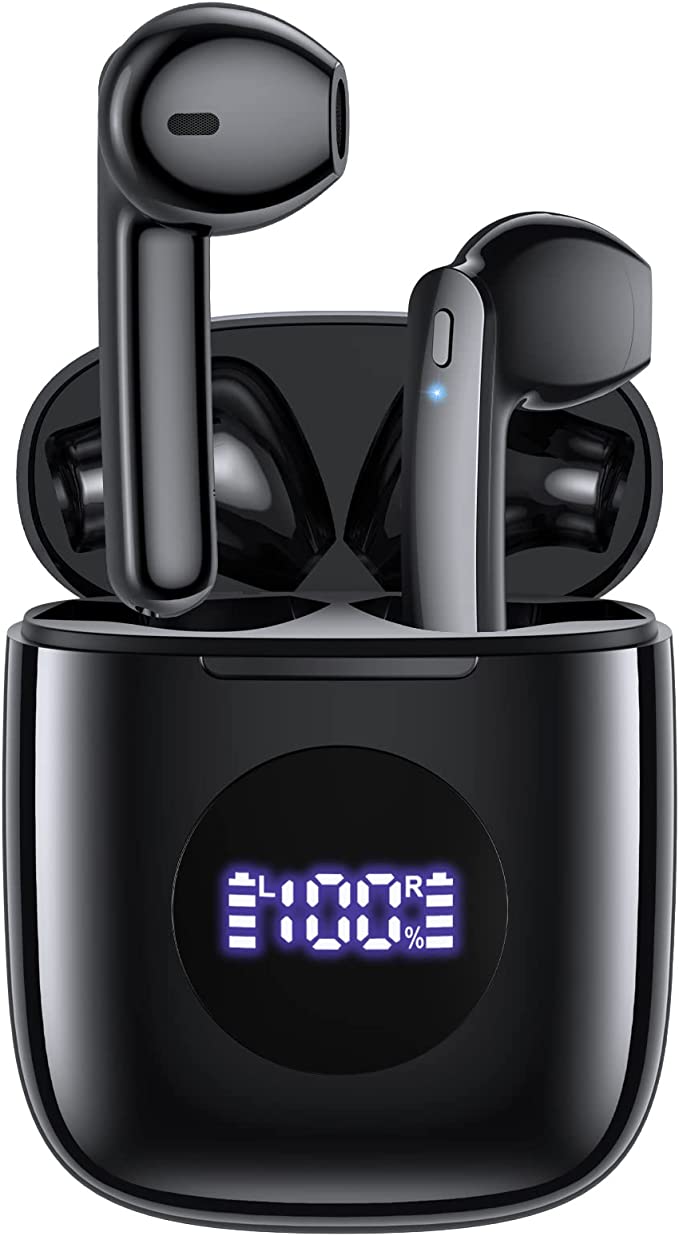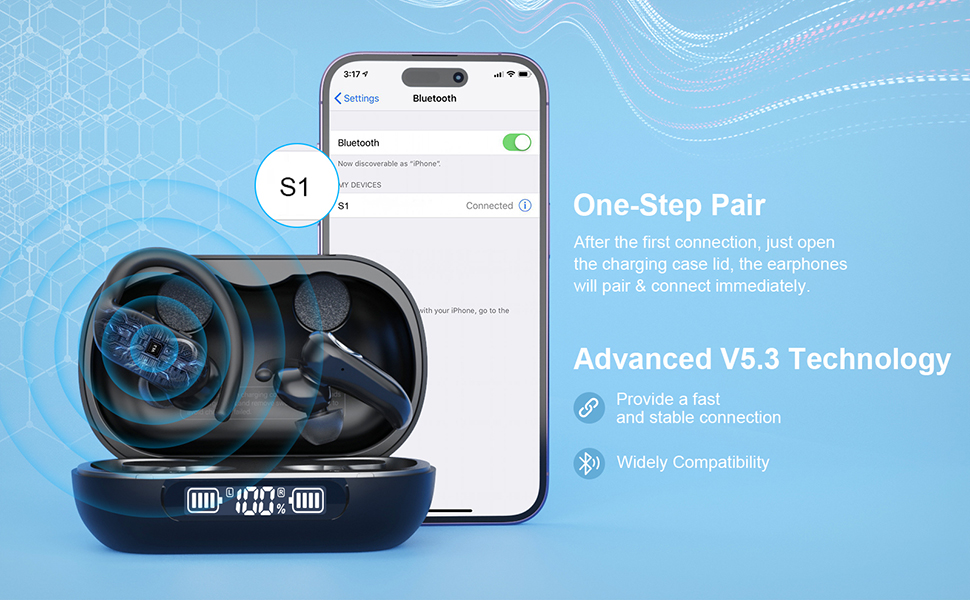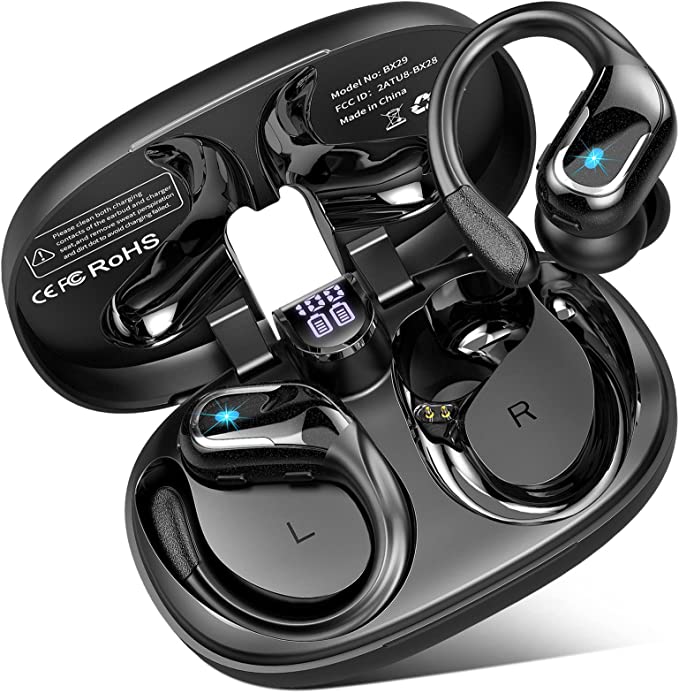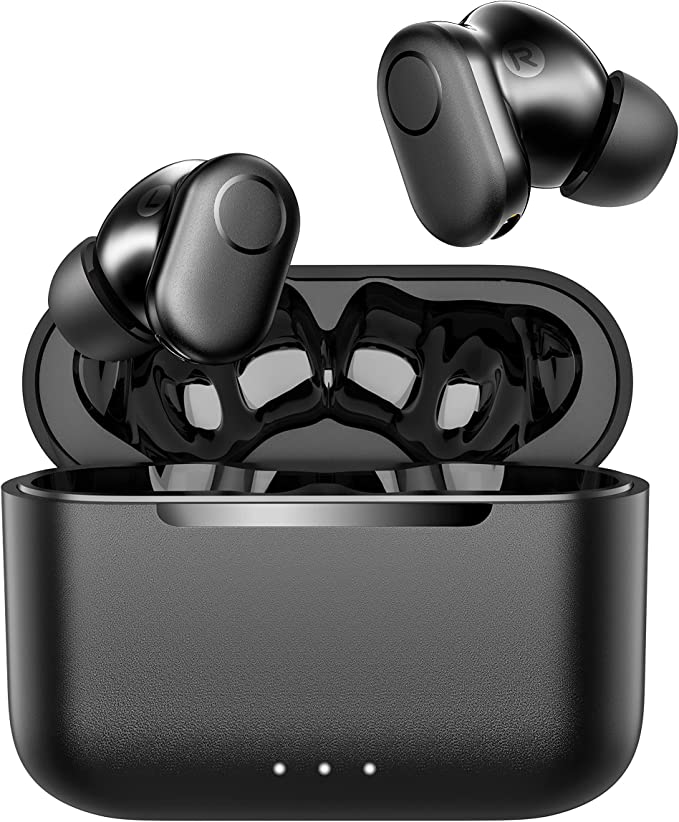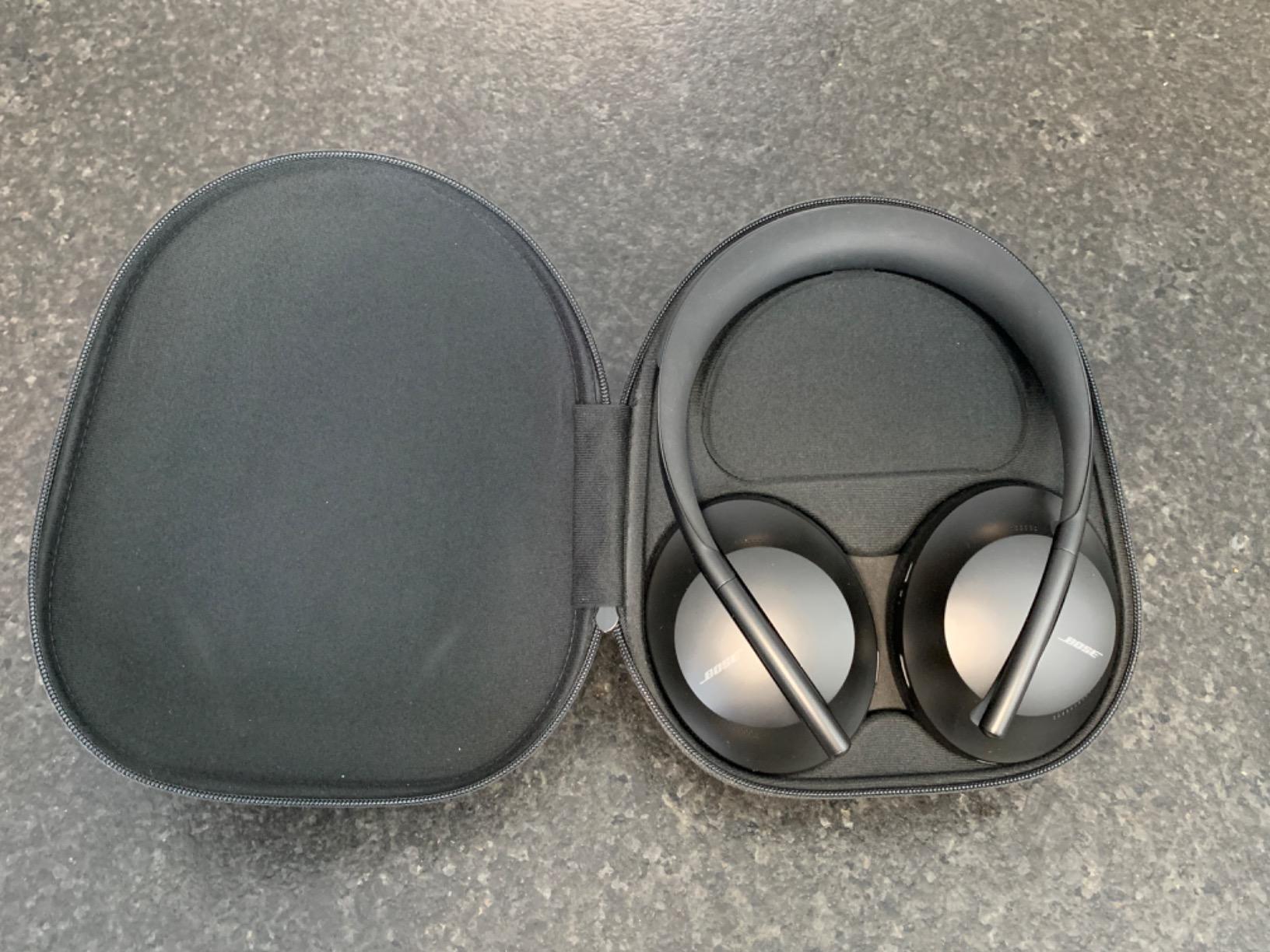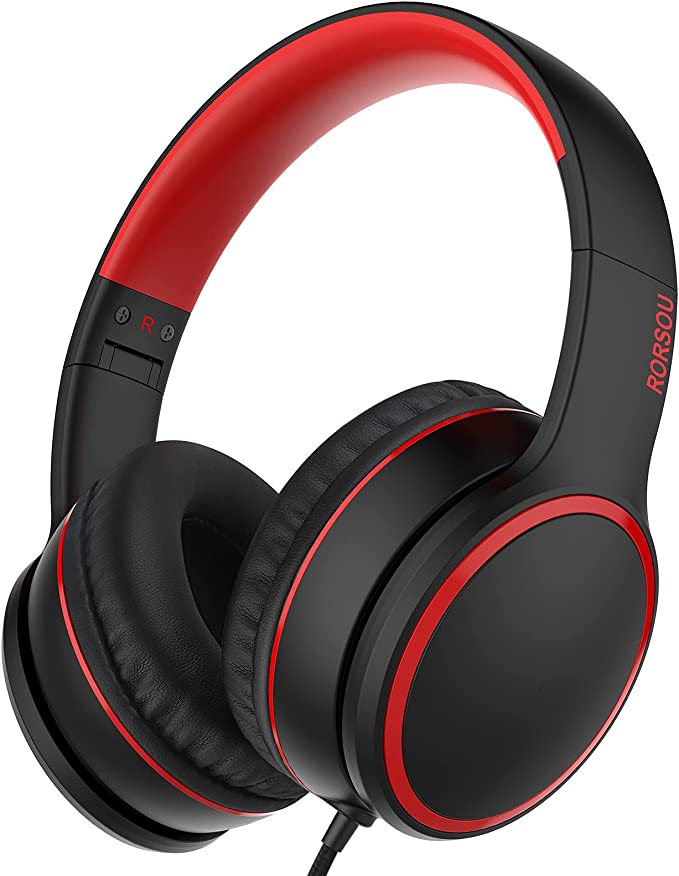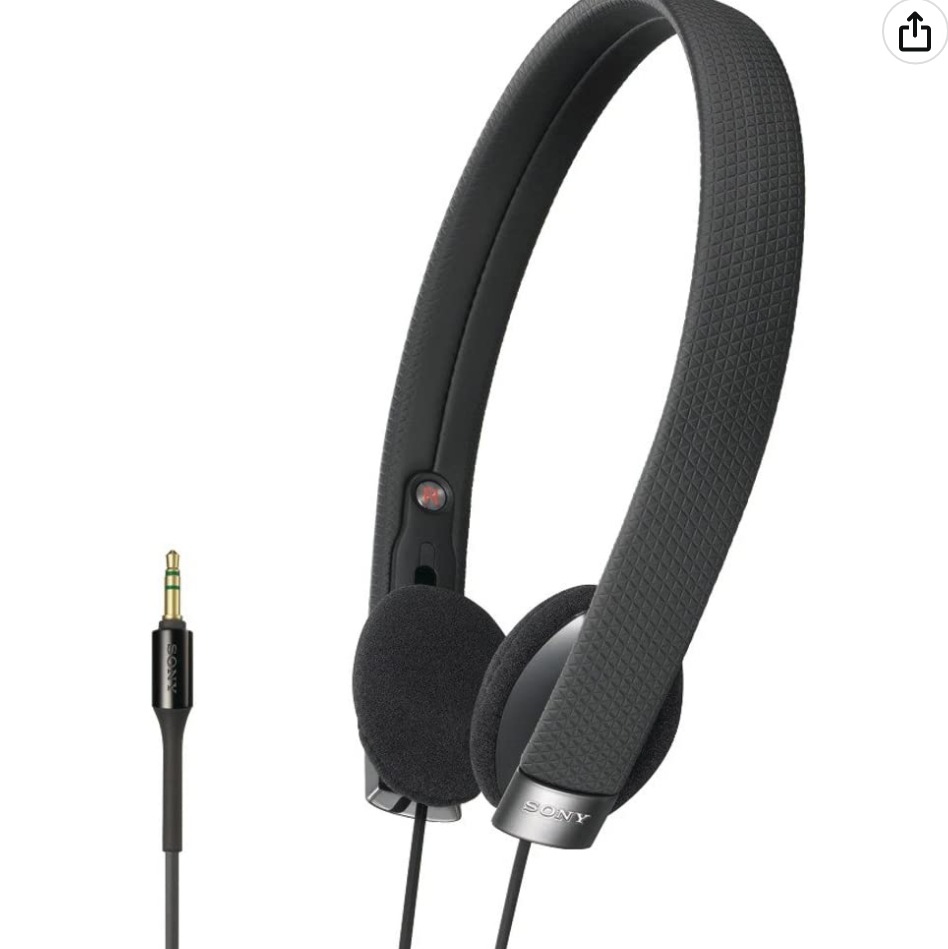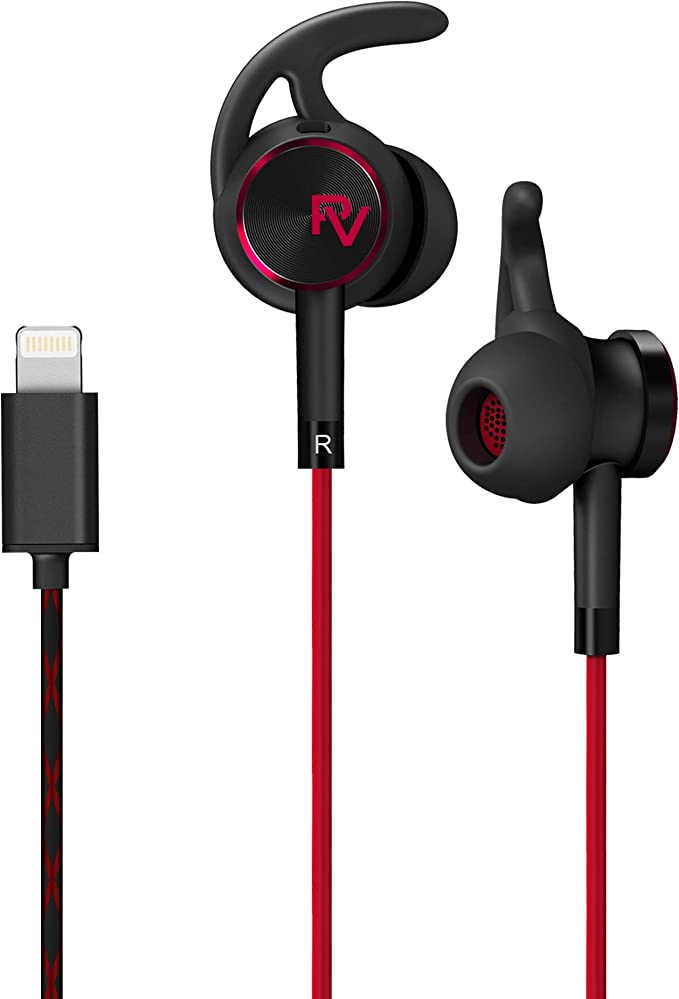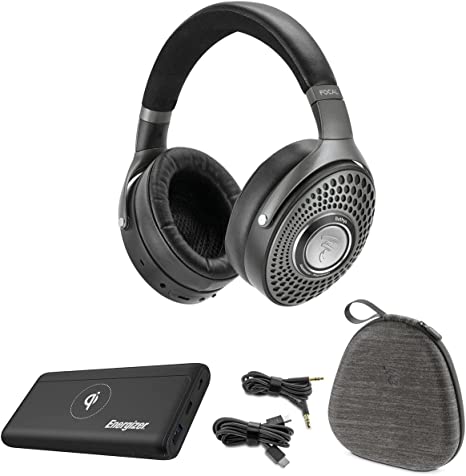The Art of Compromise: Decoding On-Ear vs. Over-Ear Headphones
Update on Nov. 13, 2025, 8:48 p.m.
In the world of wireless headphones, specification sheets are battlegrounds. Brands compete on battery life, Bluetooth versions, and driver sizes. A consumer might see a spec like “80 hours of playtime” and understandably be impressed. But often, the single most important factor determining your long-term satisfaction isn’t on the spec sheet at all—it’s in how the headphones physically interact with your head.
The distinction between “On-Ear” and “Over-Ear” headphones is far more than a simple design choice; it’s a fundamental engineering trade-off that impacts comfort, sound isolation, and portability. Understanding this trade-off is the key to becoming a smarter audio consumer. Using a fascinating example like the fojep V8 Bluetooth Headphones, which boasts stellar electronic specs, we can decode this art of compromise.

The Two Philosophies of Fit: On-Ear vs. Over-Ear
At first glance, they look similar, but their approach to your ear is fundamentally different.
Over-Ear (Circumaural): The Private Listening Room
The “Over-Ear” design aims to create a complete seal around your ear. The earcups are large and deep, and the padding is designed to rest on the skull surrounding your ear, not on the ear itself. This creates a closed acoustic chamber.
- Acoustic Advantage: This seal is crucial for two reasons. First, it provides excellent passive noise isolation, physically blocking a significant amount of ambient sound. Second, it creates the ideal environment for powerful, accurate bass response. The drivers have a contained space to move air, allowing for a richer and more immersive low-end.
- Comfort Consideration: For long sessions (like a flight or a workday), this design is often considered more comfortable as it avoids putting direct pressure on the sensitive cartilage of the ear.
- The Trade-Off: The larger size makes them less portable and often slightly heavier.
On-Ear (Supra-aural): The Lightweight Companion
The “On-Ear” design, as the name implies, features smaller earcups with pads that rest directly on your ears.
- Portability Advantage: This design is inherently more compact and lightweight, making it an excellent choice for commuting and travel. Headphones like these are often foldable, taking up minimal space in a bag.
- Acoustic Trade-Off: Because they don’t create a perfect seal, they offer less passive noise isolation. Bass response can also be less impactful compared to a well-sealed over-ear model, as some of the low-frequency energy dissipates.
- Comfort Consideration: While often very light, the pressure is concentrated directly on the ear. For some users, this can lead to discomfort or soreness during very long listening periods.
A Case Study in Engineering Priorities: The fojep V8
The fojep V8 presents a compelling study in design priorities. On paper, its electronic specifications are outstanding for its price point. An 80-hour battery life is class-leading, virtually eliminating battery anxiety. The inclusion of Bluetooth 5.3 ensures a stable, low-latency connection ideal for both music and video. These features are clear engineering wins.
However, user feedback highlights the crucial nuance of its physical design. While marketed as “Over-Ear,” many users perceive the fit as “On-Ear.” This isn’t necessarily a flaw, but rather a design choice that prioritizes certain benefits. The extremely light weight of 0.42 lbs (around 190g) and its compact, foldable nature are direct results of a smaller earcup design. The engineers appear to have prioritized marathon-like endurance and ultimate portability, accepting the acoustic and comfort trade-offs of a fit that rests on the ear for many users.
This is the art of compromise in action. To achieve that incredible battery life and portability at an accessible price, a choice was made on the physical form factor. For a user who prioritizes grabbing a lightweight pair of headphones for a week of commuting without ever thinking about charging, this is a brilliant trade-off. For someone seeking maximum comfort for an 8-hour workday, the on-ear pressure might be a more significant factor.

Sound Signature: How Fit Influences What You Hear
The fojep V8 also features 40mm neodymium drivers and dual EQ modes (“Deep Bass” / “Pop”). The large drivers have the physical capacity to produce strong bass, and the “Deep Bass” mode electronically enhances this. However, the effectiveness of this bass is directly linked to the acoustic seal.
An on-ear design, with its less-than-perfect seal, can sometimes struggle to deliver deep sub-bass. The “punchy” bass in the mid-bass region, however, can be very pronounced and satisfying. The user review noting that “the bass and snare drums sounds good on this headphones it is has a good punch to it” aligns perfectly with this acoustic reality. The headphones deliver a fun, energetic sound that excels with popular music, even if it doesn’t provide the all-encompassing sub-bass of a larger, sealed over-ear model. The inclusion of a 3.5mm cable is also a smart feature, as a wired connection often delivers a slightly more powerful and detailed signal.
Conclusion: How to Choose What’s Right for You
The story of the fojep V8 isn’t about whether it’s a “good” or “bad” headphone—with a 4.6-star rating, it’s clearly a beloved product. The story is about understanding who it’s good for.
When you’re looking at your next pair of headphones, especially in the budget-friendly space, learn to read between the lines of the spec sheet. Ask yourself what your primary use case is: * Are you a long-haul traveler or an 8-hour-a-day office worker? You might want to prioritize the comfort of a true Over-Ear design. * Are you a daily commuter who values portability and hates charging? A lightweight, long-lasting On-Ear design could be your perfect match. * Are you a critical listener or a casual music lover? Do you need a perfectly neutral sound, or do you enjoy a fun, bass-forward tuning?
Products like the fojep V8 are a masterclass in delivering exceptional value by making intelligent engineering choices. By understanding the trade-offs behind those choices, you can move beyond marketing terms and find the pair of headphones that is not just well-specified, but perfectly suited to your life.


